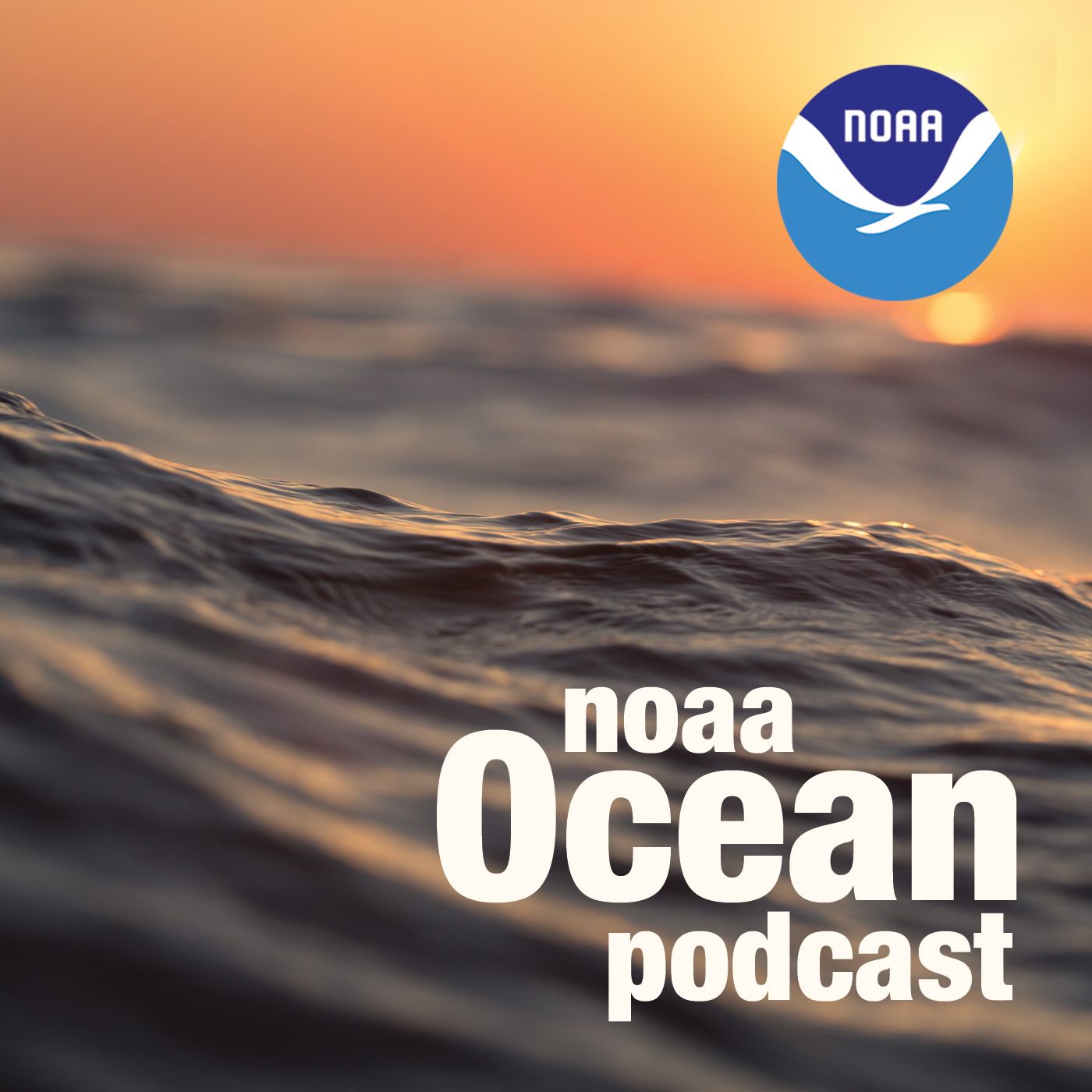Historical Maps and Charts
NOAA Ocean Podcast: Episode 08
It's time for a NOAA Ocean Podcast "Science Moment," where we sample the best segments from our past full-length podcasts. In this episode, learn about NOAA's historical map and chart collection of more than 35,000 scanned images.
A Fascinating Glimpse into the Past
This historical 1875 nautical chart, part of NOAA's online collection, depicts Hell Gate, a narrow channel on the East River, at the confluence of the Harlem River, which connects Long Island Sound with New York Harbor. The chart shows Hell Gate in 1851, which is the year that the U.S. Army began blasting ledges and rocks within Hell Gate to ensure safe passage through the channel. Like all nautical charts, this particular chart shows water depths. The chart also includes a table with tidal observations for four locations along Hell Gate and a table with information on currents, including where they are strongest and weakest for eight identified stations. Ebb and flood currents are also depicted using arrows over "water" areas of the chart. This nautical chart includes sailing instructions to enter Hell Gate from two directions. These directions identify obstacles to avoid, currents to watch out for, and even tips for when a mariner needs to drop anchor.
Transcript
This is the NOAA Ocean podcast from NOAA's National Ocean Service. I'm Troy Kitch. The Office of Coast Survey is home to a historical map and chart collection with more than 35,000 scanned images covering offshore and onshore areas including things like the nation's earliest nautical charts, city plans, and even Civil War battlefield maps. Today, we're revisiting an earlier interview hosted by National Ocean Service podcaster Kate Nielsen. She talks with Meredith Westington on NOAA's Historical Map and Chart Collection. Meridith is the chief geographer for NOAA's Office of Coast Survey. Let's listen in.
HOST: Meredith, what exactly is a historical map or chart?
MEREDITH WESTINGTON: Well Kate, in the context of NOAA's Historical Collection, a historical map or chart is any map or chart that's not used today because it's out of date. The product may not list the most current navigation obstacles, water depths, or shoreline--just to name a few items that are frequently updated on NOAA's nautical charts which are produced by NOAA's Office of Coast Survey. Other maps may depict historical events against the geographic landscape at that time. Our collection of maps depicting the Civil War battle sites are good examples.
HOST: How far back do our maps and charts go?
MEREDITH WESTINGTON: Well, that's an interesting question. Our collection of historical maps and charts dates to the 1700s, but the Office of Coast Survey, which formed in 1807 as the first federal scientific agency, produced its first charts in the early 1840s. That was after several decades of fundamental land-based and offshore survey work.
Some interesting things that you might find in the collection are from 1803 we have the King Plats of the City of Washington, which are public streets rights-of-way in Washington, DC. We have sketches of Anacapa Island in California which is from 1854, it was created by James McNeill Whistler, who some may remember for his great works of art, but he was actually employed briefly at the Office of Coast Survey as an engraver. And we also have a Chattanooga battlefield map from 1863 which is considered one of the best Civil War maps at that time. It's a far ranging collection.
HOST: How can the public access these charts and maps?
MEREDITH WESTINGTON: Well, you can go to the Office of Coast Survey website, which is nauticalcharts.noaa.gov, and from there you can link to the Historical Map and Chart Collection or you can go directly to our website by adding "/history" to our URL. From there you can click on a link to browse the collection. You can search by a number of parameters. You can preview the images and you can download the images. All the images are available to the public for free.
This is just a short segment of a really good interview — check our show notes for the link to our full podcast about NOAA historical maps and charts. Thanks for listening to the NOAA Ocean podcast from NOAA's National Ocean Service.

From corals to coastal science, connect with ocean experts to explore questions about the ocean environment.
Subscribe to Feed | Subscribe in iTunes
Browse All Episodes of the NOAA Ocean podcast